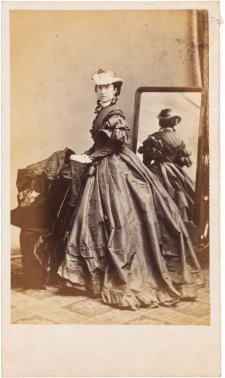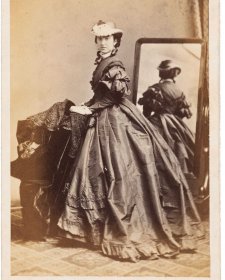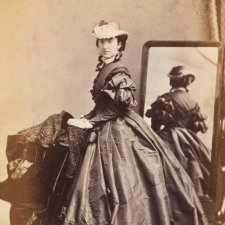- About us
- Support the Gallery
- Venue hire
- Publications
- Research library
- Organisation chart
- Employment
- Contact us
- Make a booking
- Onsite programs
- Online programs
- School visit information
- Learning resources
- Little Darlings
- Professional learning
Lawrence Bonaventure Sheil OSF (1815–1872), Catholic bishop, was educated in Ireland and Rome, where he taught for some time after his ordination in 1839. Recruited for the Australian mission, he arrived in Melbourne in early 1853. After serving on the Catholic education board of Victoria, he went to Ballarat as archdeacon in 1859. Seven years later, he was consecrated Bishop of Adelaide. In South Australia he nominally presided over a period of great expansion in Catholic facilities and personnel; there were scores of Catholic schools in his diocese. However, for much of his time as bishop he was in Rome and Ireland, recruiting and attending to other business; and he was also in poor health. As a result, there was considerable confusion and disunity amongst South Australian Catholics during his bishopric. In 1871 he hastily excommunicated Mary MacKillop, founder of the teaching congregation of the Sisters of St Joseph. Five months later, as he lay dying from a carbuncle, he instructed a colleague to lift his censure. MacKillop was restored to the church without delay, and later completely exonerated.
Photographer William Bardwell worked in Ballarat from 1858 until 1895. Initially in partnership with Saul Solomon, he specialised in portraits and views, examples of which were exhibited in the Geelong Industrial Exhibition in 1862 and the 1863 Ballarat Mechanics’ Institute Exhibition. In 1866, Bardwell established the Royal Photographic Studio independently of Solomon, one newspaper announcing that the new studio was ‘in every way replete with suitable accommodation … and rooms are provided for both ladies and gentlemen.’ Bardwell took advantage of his studio’s close proximity to the Theatre Royal, producing photographs for visiting theatre groups and opera companies and for those on the variety and sideshow circuits. Boasting the ‘best appointed Studio in the colonies’, Bardwell also provided portraits for prominent citizens and from 1868, having presented a set of views of Ballarat to Prince Alfred, advertised himself as photographer ‘By Special Appointment to HRH the Duke of Edinburgh.’ Bardwell went into partnership with John Beauchamp for some part of 1878 before relocating to Melbourne later that year. Bardwell’s Royal Studios at Ballarat remained active, however, throughout the 1880s under the management of a Mr Williams.
Collection: National Portrait Gallery
Purchased 2010
Bardwell's Royal Studio (age 36 in 1872)
Lawrence Bonaventure Sheil OSF (age 57 in 1872)



On one level The Companion talks about the most famous and frontline Australians, but on another it tells us about ourselves.



Drawn from the NPG’s burgeoning collection of cartes de visite, Carte-o-mania! celebrates the wit, style and substance of the pocket-sized portraits that were taken and collected like crazy in post-goldrush Australia.



Visit us, learn with us, support us or work with us! Here’s a range of information about planning your visit, our history and more!